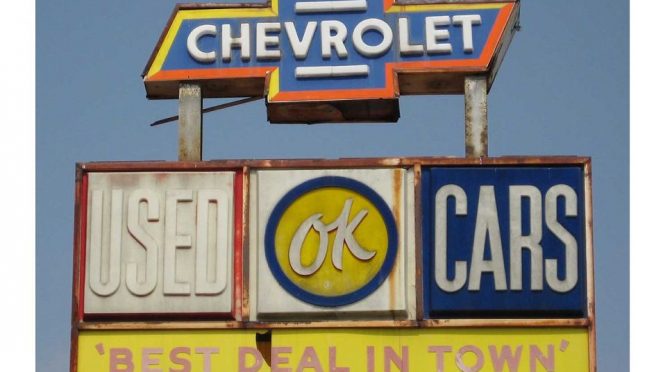
Many people have heard the term hybrid thrown around a lot but don’t really understand how a modern day hybrid works. The most obvious benefit of a hybrid is the incredible gas mileage, but what is going on behind the scenes to make them sip that gas rather than guzzle it? We’ll try to explain these very complex systems here, but in the interest of our own sanity and because of the limits of our technical knowledge, we’ll keep this on the simpler side.
There are several different forms of hybrid drivetrains, the most common one being both an electric motor and a gas motor powering the wheels, acting in conjunction with one another, called a parallel hybrid. This is beneficial because you have the benefit of the torque of the electric motor in addition to the added power of the gasoline engine when you need it. In most cases, the gas engine is activated when you put your foot down to accelerate quickly.
A second popular configuration is called the series hybrid. What makes the layout different is that instead of having both the gas and electric motors connected to the driven wheels, the series hybrid only has the electric motors connected to the wheels while the gas engine is there only to generate power for the electric motors through a generator, converter, and battery. This setup is popular because the gas engine can be a lot smaller and more efficient because it no longer has to do the work of helping to drive the wheels.
These are, in one form or another, the most common types of hybrid drivetrains present in vehicles today. For example, the Toyota Prius, which is one of the best-selling hybrids on the road, utilizes a highly refined parallel drivetrain called a power-split hybrid which allows the engine to be connected to the wheels electrically or mechanically at any given point. There are different configurations of each of these systems, differing in the way the engine is utilized and how often the electric and gas motors are used, but the basic technology remains the same across many platforms regardless of manufacturer.
With a true hybrid, there are generally three different ways that the car can be powered. As one would expect, there is full electric mode which means the car or truck is being driven by the electric motors alone. There is a limited range with this mode, as with gas cars, because the battery can only last so long before it needs a recharge.
A gas only mode is exactly what it sounds like, a mode where only the gas engine is utilized. This is generally happening when more power is needed perhaps with more aggressive driving or when the vehicle is loaded up with passengers and gear but the driver still wants to cruise at a reasonable highway speed.
Finally, a true hybrid will have the ability to combine both power sources at any given time to complement each’s strengths and weaknesses. For example, cars with smaller 4 cylinder engines may find themselves lacking in power in the lower RPM’s of the rev range. An electric motor, in this case, would prove particularly useful in aiding the engine from a stand-still with a heavy load, thus reducing the strain on the engine.
This should cover the more common, conventional hybrids on the road today. True to their innovative nature, automotive manufacturers are constantly at work coming up with new, more efficient ways to get cars down the road so don’t be surprised if there are different options out there in short order. However, the same basic principles will apply so if you are looking for an efficient mode of transportation without committing to going full electric just yet, a hybrid may be the car for you!


